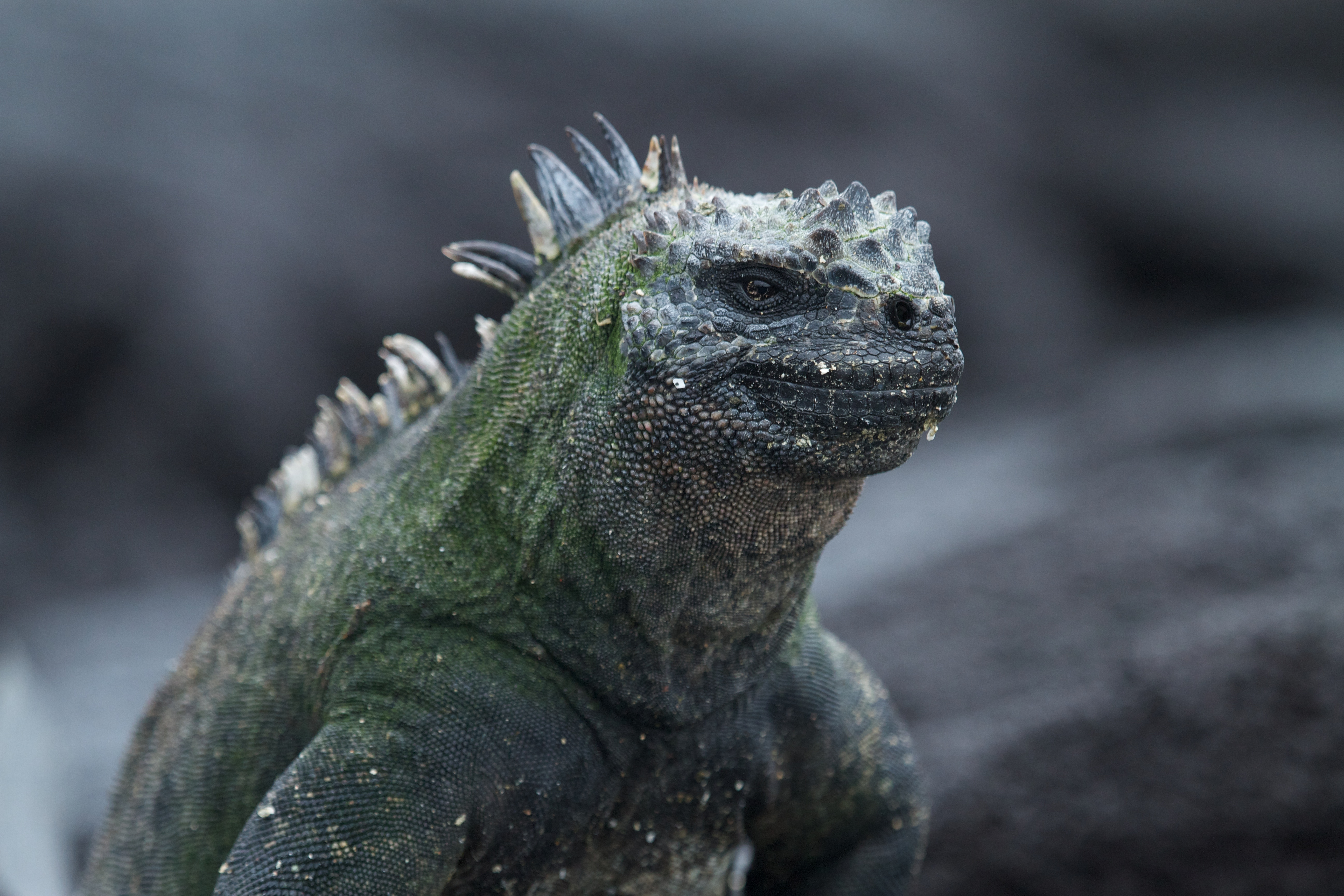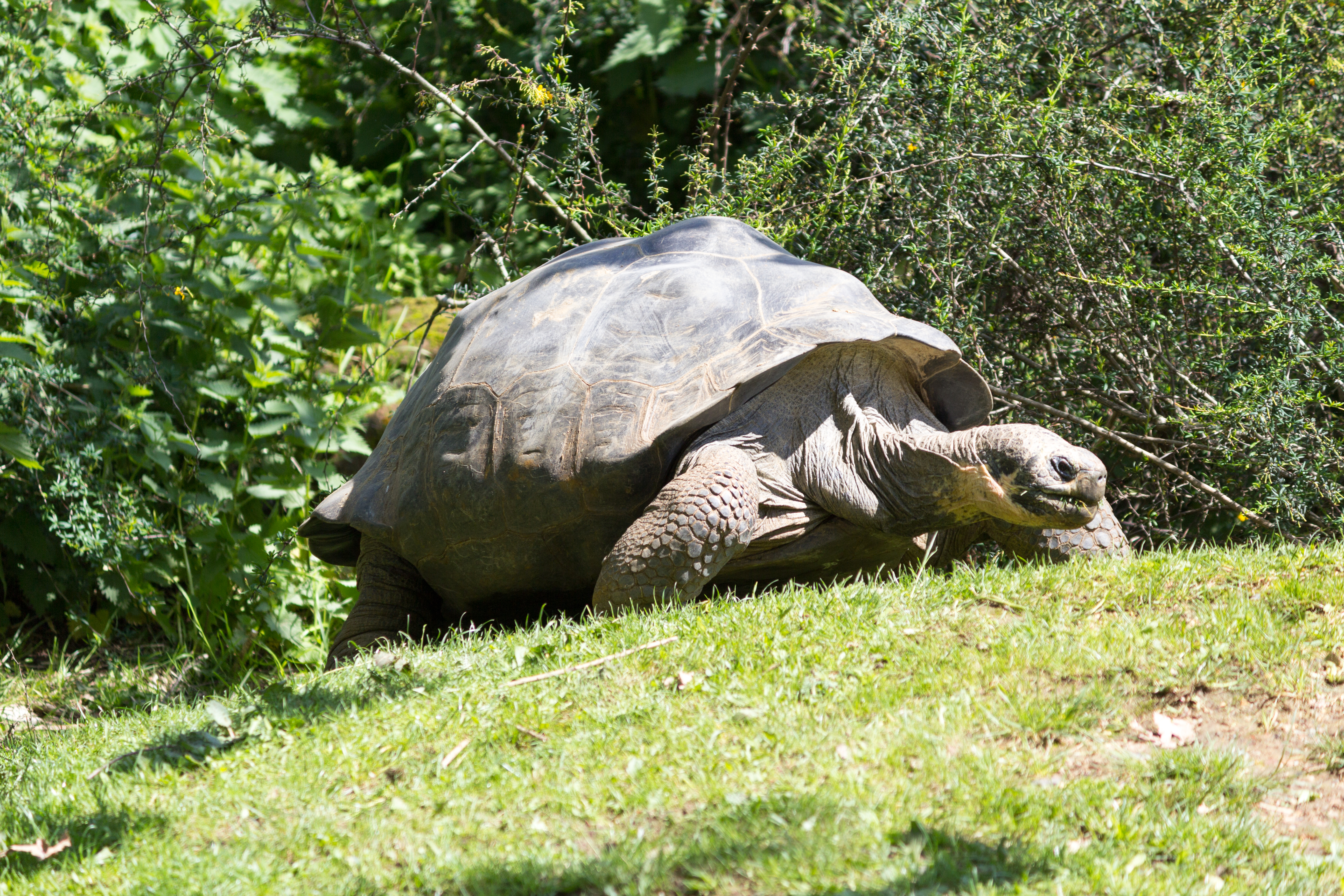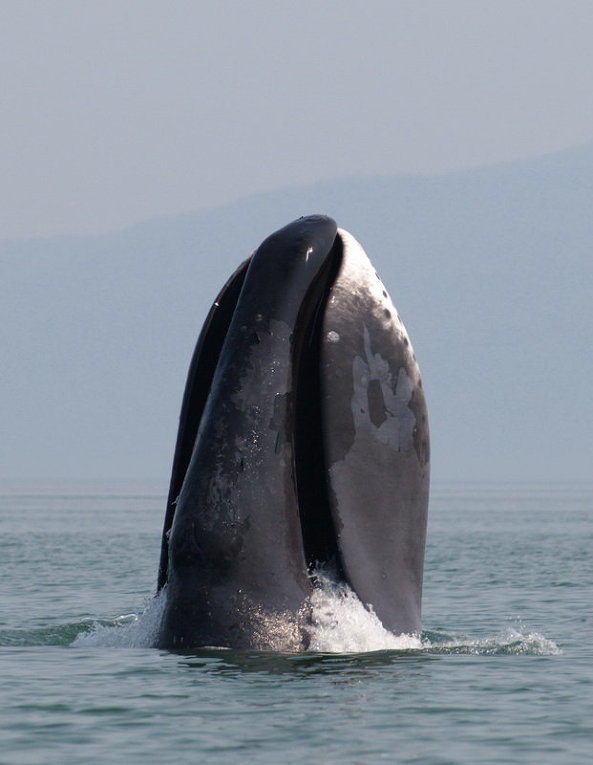With all of the animal species on this planet that have been
documented, it is sometimes hard to imagine that there are species out there
that have yet to be studied, but there are. A group of biologists and
primatologists has recently documented such a species. They published their
findings in the American Journal of Primatology on October 26, 2010. The
"new" species is a snub-nosed monkey they dubbed Rhinopithecus strykeri. This particular species has an interesting trait. The locals in
Myanmar who are familiar with the monkey say it sneezes when it rains because
the drops fall into its upturned nostrils. Unfortunately, this very trait makes
the species easy to hunt.
Snub-nosed monkeys are typically found in China and Tibet.
There are a handful of species, all with flat noses and wide faces. They have
very prominent lips as well. All snub-nosed monkeys, including Rhinopithecus
strykeri, are endangered species according to IUCN. Rhinopithecus strykeri is
classified as critically endangered by the IUCN. This means that the population
of these monkeys is at risk of reducing drastically within a mere three
generations. Chances are they will become extinct without intervention.
Rhinopithecus strykeri is up to two feet tall, is almost covered in black fur and has a tail that is nearly one and a half times the
length of its body. The skin around its nose and eyes is devoid of fur,
revealing the pink skin underneath. The nose is virtually non-existent. There
are simply two upturned nostrils. There is a white patch of fur beneath the
lower lip, which is very thick. There are also white tufts of hair on the
animal's ears and rump. This sneezing monkey's face is reminiscent of the Ewoks
in Star Wars Episode VI.
The group of biologists and primatologists learned of the
sneezing snub-nosed monkey when they were surveying gibbons in the Himalayas in
northeastern Kachin State in the Republic of the Union of Myanmar in early
2010. Locals who hunt the animals showed them skulls and hides from the monkeys
and told them of their interesting sneezing affliction. Intrigued by the
information, they sought the animals and found them. Unfortunately, they also
found that there are only an estimated 260-330 of these monkeys left. They are
threatened by loggers, construction and hunters.
Sources
Live Science, Scientists discover monkey that sneezes when
it rains, retrieved 10/29/10,
mnn.com/lifestyle/pets-animals/stories/scientists-discover-monkey-that-sneezes-when-it-rains
Viegas, Jennifer, Snub-Nosed Monkey Sneezes When it Rains,
retrieved 10/29/10,
news.discovery.com/animals/snub-nosed-monkey-sneezes-when-it-rains.html
Gray, Louise, New species of monkey sneezes when it rains,
retrieved 10/29/10,
telegraph.co.uk/earthnews/8087632/New-species-of-monkey-sneezes-when-it-rains.html









